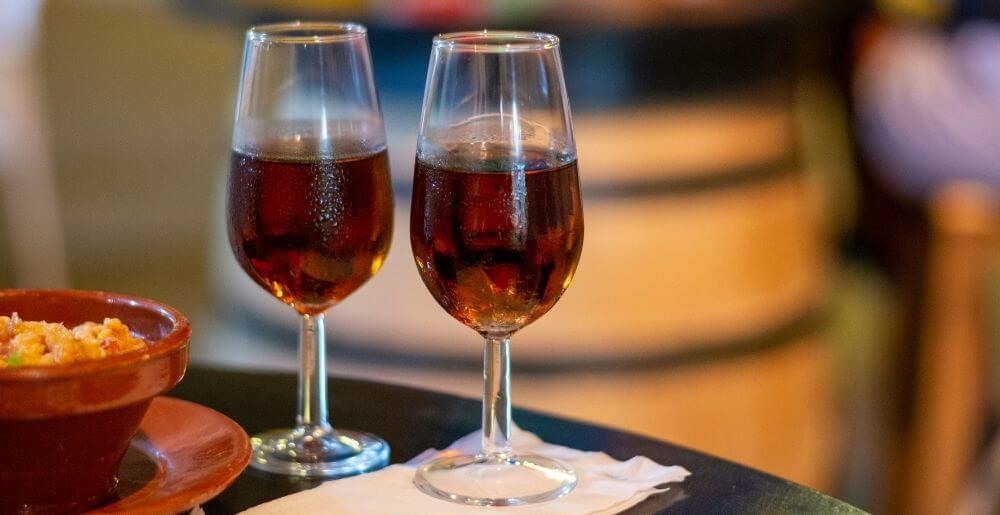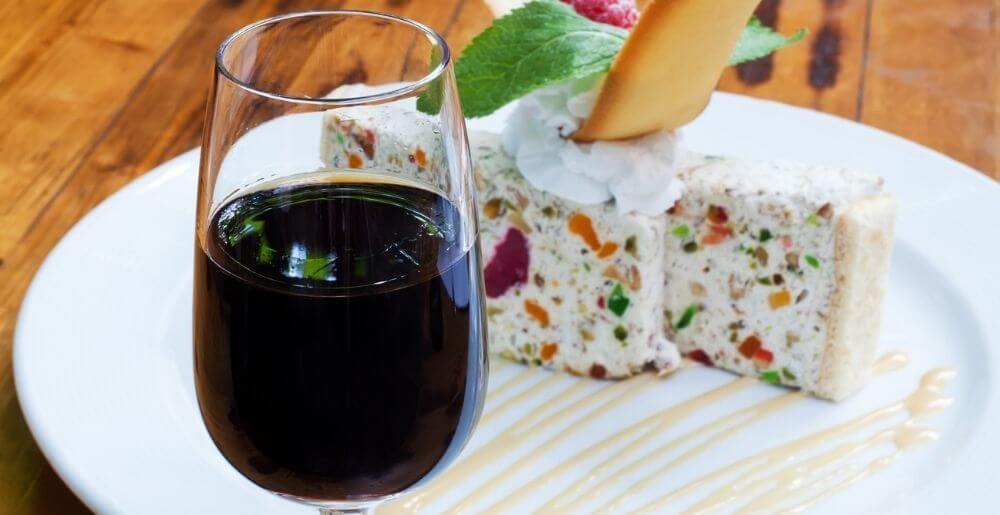With International Sherry Week coming up next month (mark your calendars for the 2nd to 8 November!), it’s about time that you brush up on what you think you know about this ancient style of fortified wine.
Unfortunately for many, their experience of Sherry starts and often sadly ends when opening their grandparents liquor cabinet and discovering a dusty old bottle that has probably been sitting there for decades and tastes like caramelised dried fruit (not that we’re complaining).
Whilst it’s true that bottles of Sherry can be incredibly sweet and syrupy in their flavour profile, it’s also the case that they can come in a completely dry, otherwise known as non-sweet, fashion.
Not only does this help to make it one of the most versatile styles of fortified dessert wine available, it also means it’s possible to be gifted, shared, and enjoyed with and alongside a wide variety of people, palates, and foods.
If you’re looking to celebrate International Sherry Week, consider this your article for quick inspiration into how best to drink and enjoy the different types of Sherry that exist, including on their own and with food.
If you’re looking to instead learn a bit more about how Sherry is made, where it comes from, and some of the history surrounding the drink first, check out our complete guide for beginners, where we also provide quick recommended food pairing suggestions and tasting notes in illustrated form.
How to Drink & Pair Food with Fino & Manzanilla Sherry

Known for being the driest, freshest, and often saltiest types of Sherry available, bottles of Fino and Manzanilla Sherry are perfect for those who want a fortified wine that isn’t sweet.
Simply try a bottle from one of these two types and you’ll have no trouble in remembering the strong aromas and flavours of almonds, sea salt, herbs, and dry biscuits that will assault your nose and taste buds.
When it comes to drinking them, the experts and winemakers themselves always agree that they’re best served well chilled, in order to help accentuate the dry, herbal, and often saline characteristics of the drink.
With food, these two types of Sherry are ideally matched with strongly flavoured salty or acidic dishes, including salted or grilled fish (think anchovies in particular), assorted olives, salted nuts, sashimi, or finally, salads with a vinegar dressing.
Whilst bottles of Fino and Manzanilla Sherry might not be to everyone’s tastes, they’re certainly well worth trying, even if it’s just to see what dry fortified wines can taste like.
Check out the specific food pairing suggestions on the official Sherry Wines website if you’re looking to discover exact recipes that you should make when serving bottles of Fino or Manzanilla Sherry.
How to Drink & Pair Food with Amontillado & Palo Cortado Sherry

Slightly less dry and noticeably darker in their appearances, bottles of Amontillado, and particularly Palo Cortado Sherry, are a bit more complex in their flavour profiles than their Fino or Manzanilla counterparts.
Whilst it’s quite rare to actually find a bottle of Palo Cortado Sherry, especially one in Australia, bottles of Amontillado Sherry are far more widespread and therefore easier to track down and purchase.
Whichever one you’re holding, however, both of these types of Sherry are recommended to be served only slightly chilled or even at room temperature, with the best part of them being that they can last for more than around a month once they’re opened, allowing you to come back to it later if you wish.
When it comes time to pair them with food, some of the top recommendations are to serve them alongside a wide range of soft blue cheeses or white meats, including blue brie or camembert cheese as well as barbecued chicken or basically any dish with chorizo.
If you’re looking for specific recipes to cook and serve alongside these two types of Sherry, consider the suggestions provided by Sherry Wines, which is where you can discover what the experts in Spain agree are the ideal recipes to follow.
How to Drink & Pair Food with Oloroso Sherry

As any knowledgeable whisky drinker will know, barrels that were onced used to age Oloroso Sherry are then often used to age Scotch whisky, making this type of Sherry perhaps the most well known outside of the world of wine.
Adding to its notoriety, the alcohol content of Oloroso Sherry’s can also be quite striking, as they’re often famous for reaching upwards of 20% ABV, making them some of the booziest bottles of fortified wine available.
Don’t let this put you off, however, as Oloroso Sherry represents a sort of middle ground between the rich lusciousness of an intensely sweet style Pedro Ximénez or Moscatel Sherry and a dry nutty and salty Fino or Manzanilla Sherry, making them a great starting point for Sherry first-timers.
When serving a bottle of this type, it’s usually best to do so when they’ve only been slightly chilled or even left at room temperature, with it possible to keep them, once opened, for a month or two, allowing you to come back to the bottle later.
With food, look to pair them with red meat dishes, particularly roast lamb or beef stew, as the often complex flavour profile of spices, herbs, and walnuts, and the medium to full bodied nature of the wine, matches incredibly well with the heaviness of these sorts of dishes.
It’s once again encouraged that you check out the specific food pairing suggestions found on the Sherry Wine website when you’re looking to discover specific recipes to cook alongside your next bottle of Oloroso Sherry.
How to Drink & Pair Food with Pedro Ximénez & Moscatel Sherry

For lovers of all things sweet, sticky, and syrupy, the two types of Sherry known as Pedro Ximénez and Moscatel offer up exactly what you need.
It should be noted up front that whilst they’re often grouped together, they’re actually subtly different from one another in their exact flavour profiles and appearances.
Whilst bottles of Moscatel Sherry are known to be variably deep gold to a dark brown in colour and possessing slightly more floral aromas and flavours, bottles of Pedro Ximénez Sherry are always dark and bold in both their colours and flavours, with caramelised dried fruits and even coffee often being mentioned.
That being said, they’re still the sweetest types of Sherry, possibly even wine in general, available, with it possible to serve them slightly chilled or at room temperature and keep them, once opened, for a couple of months, allowing you to come back to them later.
Even though they’re often considered a dessert unto themselves, it can also be equally as rewarding to serve them alongside a range of foods and dishes, with strong blue cheeses, such as roquefort, and sweet desserts, including ice cream and chocolate cake, being two of the most commonly mentioned categories.
Head to the Sherry Wine website to get specific recipe ideas and food pairing matches with both of these types of wine, or consider the food pairing graphic in our complete guide for beginners for a quick and easy snapshot.